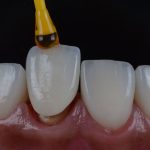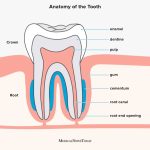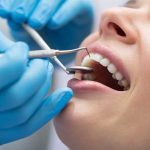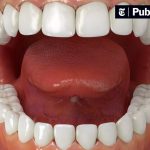Sinus Pain: Which Teeth are Connected to Your Sinuses?

Sinus pain can be an incredibly uncomfortable and distressing experience, and it’s not uncommon for people to experience this type of pain in their teeth. Many people are surprised to learn that there is a connection between the sinuses and teeth; however, it’s an important connection to understand, particularly if you suffer from sinus pain. In this article, we will explore which teeth are connected to your sinuses and how this connection can impact your overall dental health. The sinuses are a series of hollow cavities in your head that are lined with a thin layer of tissue called the mucous membrane. These cavities are responsible for producing mucus, which helps to keep your nasal passages moist and clean. When your sinuses become inflamed, it can cause a range of symptoms, including facial pain, headaches, and toothache. The sinuses are located close to the upper teeth, and the roots of the upper teeth can extend up into the sinus cavity. As a result, when the sinuses become inflamed, it can put pressure on the teeth, causing pain and discomfort. Understanding which teeth are connected to your sinuses can help you to identify the cause of your toothache and seek appropriate treatment.
Sinus pain can be a result of a variety of factors, including allergies, infections, or anatomical abnormalities. The sinuses are hollow cavities located in the bones of the face, and their purpose is to produce mucus that helps to humidify and filter the air we breathe. When the sinuses become inflamed or infected, the resulting pressure can cause pain and discomfort, often felt as a dull ache or pressure in the face, forehead, or around the eyes. In some cases, sinus pain may also be accompanied by a headache, congestion, or a feeling of fullness in the ears. Understanding which teeth are connected to the sinuses can help to identify the source of sinus pain and lead to appropriate treatment options.
Understanding the connection between teeth and sinuses is crucial to identify the root cause of sinus pain. The maxillary sinus, the largest paranasal sinus, is located above the upper teeth and connected to the oral cavity through a small opening. Any inflammation or infection in the maxillary teeth can spread to the maxillary sinus, causing sinusitis, which may lead to facial pain, headaches, and pressure in the sinuses. Dental issues such as decay, abscess, or impacted teeth can also cause sinus pain. Therefore, recognizing the relationship between teeth and sinuses can help in diagnosing and treating the underlying cause of sinus pain effectively.
Anatomy of the Sinuses and Teeth

The sinuses are air-filled cavities located in the bones of the face and skull. There are four pairs of sinuses in the human body, including the maxillary, ethmoid, frontal, and sphenoid sinuses. The maxillary sinuses are the largest and are located in the cheekbones, while the ethmoid sinuses are located between the eyes. The frontal sinuses are located above the eyebrows, and the sphenoid sinuses are located deep in the skull. Each sinus is connected to the nasal passages by a small opening, allowing air and mucus to flow in and out of the sinuses. The teeth are also an integral part of the anatomy of the sinuses. The maxillary sinuses are located above the upper teeth, and the roots of the upper molars and premolars can extend into the sinuses. This means that sinus infections or inflammation can sometimes cause pain in these teeth, as well as pressure and discomfort in the cheeks and forehead. Additionally, the roots of the upper incisors can also be close to the maxillary sinuses, meaning that sinus issues can sometimes cause pain in these teeth as well. Understanding the connection between the sinuses and teeth can help individuals identify the source of their pain and discomfort and seek appropriate treatment.
The sinuses are a series of air-filled cavities located within the skull bones. There are four pairs of sinuses, including the frontal, ethmoid, sphenoid, and maxillary sinuses. These hollow spaces are connected to the nasal passages and play a crucial role in regulating the temperature and humidity of the air we breathe. The sinuses also produce mucus to help moisturize and protect the nasal passages. In addition, the sinuses can impact dental health, as certain teeth are connected to specific sinuses. Understanding the relationship between teeth and sinuses can help identify the cause of sinus pain and guide appropriate treatment.
Teeth are not only important for chewing food and maintaining oral hygiene, but they also have a connection to the sinuses. Sinuses are air-filled spaces located in the bones of the face and skull, and they are connected to the nasal cavity. The maxillary sinuses, which are the largest of the sinuses, are located in the cheekbones and are connected to the upper back teeth, specifically the molars and premolars. When the teeth in this area become infected or inflamed, it may result in pain or pressure in the sinus area. Likewise, sinus infections or inflammation may cause discomfort in the upper back teeth. Understanding the connection between teeth and sinuses can help in identifying the source of pain and seeking appropriate treatment.
Symptoms of Sinus Pain
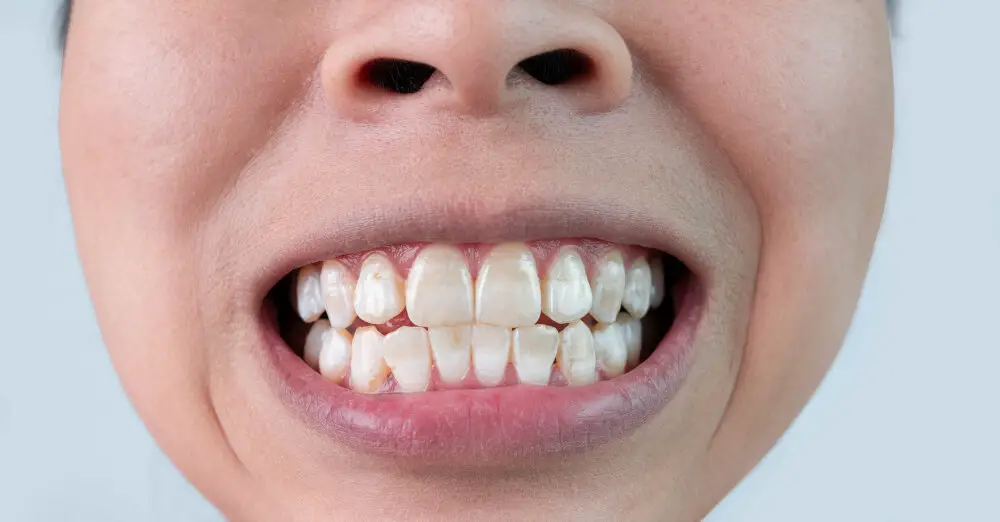
Sinus pain is a common condition that affects millions of people worldwide. The symptoms of sinus pain vary from person to person, but the most common symptoms include facial pain, pressure, and tenderness around the eyes, nose, and forehead. Other symptoms include a stuffy or runny nose, cough, fatigue, and fever. In some cases, sinus pain can also cause toothaches, headaches, and earaches. It is essential to identify the symptoms of sinus pain early to receive prompt treatment and prevent complications. One of the most important things to note is that sinus pain is not always caused by sinusitis. In fact, many people experience sinus pain due to dental problems. The teeth that are most commonly connected to the sinuses are the upper molars and premolars. When these teeth are infected or decayed, they can cause pain and pressure in the sinuses. It is crucial to consult a dentist if you experience tooth pain or sensitivity, as it could be a sign of sinus pain or other dental problems. By identifying the symptoms of sinus pain and seeking prompt treatment, you can alleviate your pain and prevent further complications.
Sinus pain can be a debilitating experience that can make even the most basic daily activities feel impossible. Some common symptoms of sinus pain include pressure and pain in the cheeks, forehead, and the bridge of the nose, as well as a stuffy or runny nose, sore throat, and fever. In some cases, sinus pain may also cause tooth pain, as certain teeth are connected to the sinuses. The pain can be sharp, throbbing, or constant and can range from mild to severe. It is important to seek medical attention if the pain persists or is accompanied by other symptoms such as difficulty breathing or severe headache.
Sinus pain can be a tricky thing to diagnose, as it can often be mistaken for dental issues. The proximity of the sinuses to the upper teeth can lead to confusion as both conditions can cause pain in similar areas. In fact, the roots of some upper teeth are located very close to the sinus floor, which means that inflammation or infection in the sinuses can cause pressure and pain in these teeth. This can be especially confusing when the pain is only present on one side of the face. Thus, it is important to consult with a doctor or dentist to determine the root cause of the pain and receive the appropriate treatment.
Teeth Connected to the Maxillary Sinus

The maxillary sinus is a hollow, air-filled space located in the cheekbones on either side of the nose. It is the largest of the paranasal sinuses and is closely connected to several of the upper teeth. In fact, the roots of the premolars and molars on the upper jaw can sometimes protrude into the maxillary sinus, making it possible for an infection or inflammation in the sinuses to spread to the teeth or vice versa. This connection between the teeth and maxillary sinuses is one of the reasons why sinus pain can be mistaken for toothache and vice versa. If you’re experiencing pain in your upper teeth, it’s worth considering whether it could be related to your sinuses and seeking the advice of a dental or medical professional. The close connection between the maxillary sinuses and the upper teeth means that dental issues can sometimes cause sinus problems, and sinus problems can sometimes cause dental issues. For example, an infection or inflammation in the maxillary sinus can put pressure on the roots of the teeth, causing pain or sensitivity. In some cases, the pressure can even cause the teeth to loosen or shift position. On the other hand, dental problems such as an abscess or decay can sometimes spread to the maxillary sinus, causing sinus pain or infection. It’s important to be aware of this connection between the teeth and sinuses so that any issues can be properly diagnosed and treated by the appropriate healthcare professional.
The maxillary sinus is one of the four paired paranasal sinuses located in the human skull. It is the largest of the paranasal sinuses and is situated within the maxillary bone, just above the upper teeth. The maxillary sinus is lined with a thin layer of mucous membrane and is responsible for producing mucus which helps to moisturize the nasal cavity and protect against foreign particles. The maxillary sinus is also connected to the upper teeth, specifically the premolars and molars, through small openings known as the sinus ostia. When these openings become blocked or inflamed, it can lead to sinus pain and pressure in the surrounding teeth. Understanding the relationship between the maxillary sinus and the teeth can help individuals identify the source of their sinus pain.
The maxillary sinus is located in the maxilla bone, which is the largest facial bone, and is closely related to the roots of the upper teeth. The maxillary sinus communicates with the nasal cavity through an opening called the ostium, and when this opening becomes blocked or inflamed, it can cause sinus pain and pressure. The teeth that are most commonly connected to the maxillary sinus are the premolars and molars in the upper jaw, as their roots often protrude into the sinus cavity. This means that any infection or inflammation in these teeth can easily spread to the maxillary sinus, causing discomfort and pain. It is important to be aware of this connection between the teeth and sinuses, as it can help in the diagnosis and treatment of sinus pain and related dental issues.
The relationship between the upper teeth and sinuses is intricate, and problems with these teeth can cause sinus pain. The maxillary molars, premolars, and canine teeth share a common wall with the maxillary sinus. When any of these teeth become infected or inflamed, it can spread to the sinus, leading to sinus pain and pressure. This condition is known as sinusitis, and it can cause a range of symptoms, including facial pain, headache, and toothache. In some cases, the pain may be felt in the teeth, but the root cause is the sinus infection. Therefore, it is important to seek dental and medical attention if you experience any symptoms of sinus pain.
Teeth Connected to the Ethmoid and Frontal Sinuses

The ethmoid and frontal sinuses are two of the four pairs of sinuses in the human body. They are located within the facial bones and are lined with mucous membranes that produce mucus to moisturize and protect the nasal cavity. It is interesting to note that some of the upper teeth are directly connected to these sinuses. The roots of the upper molars and premolars, which are located close to the sinuses, can protrude into the sinuses and cause discomfort or pain in the case of inflammation or infection. This phenomenon is known as sinus toothache, and it can be a cause of confusion for those who experience it. They might think that the pain is originating from their teeth when it is actually due to the sinuses. Therefore, it is crucial to understand the relationship between the teeth and sinuses to properly diagnose and treat sinus pain. The connection between the teeth and sinuses is not well understood, but it is believed that it occurs during the development of the facial bones. The sinuses and teeth share a common embryonic origin, and the sinuses develop around the same time as the teeth. As a result, some of the roots of the upper teeth can extend into the sinuses. This connection is more prevalent in some people than others, and it can vary from one individual to another. It is important to note that not all sinus pain is caused by dental problems, and not all dental problems are associated with the sinuses. Therefore, a thorough examination by a healthcare professional is necessary to identify the underlying cause of the pain.
The ethmoid and frontal sinuses are two of the four major sinuses located in the human skull. The ethmoid sinuses are a group of small, air-filled cavities located between the eyes and behind the nose, while the frontal sinuses are located above the eyes in the forehead. Both of these sinuses are lined with mucous membranes that help to humidify and filter the air we breathe. In addition, they also play a role in the sense of smell. When these sinuses become inflamed or infected, it can lead to a range of symptoms, including sinus pain, pressure, congestion, and headaches. Understanding which teeth are connected to these sinuses can help to identify the source of sinus pain and provide relief.
The sinuses are air-filled cavities located in the facial bones, and they are connected to the nasal passages. When the sinuses become inflamed or infected, sinus pain can occur. Surprisingly, some teeth are also connected to these sinuses. The upper back teeth, particularly the molars, are the ones most commonly associated with sinus pain. The roots of these teeth extend up into the maxillary sinuses, which are located above the cheekbones. When these teeth become infected or inflamed, the pressure can be felt in the sinuses, causing pain and discomfort. Understanding which teeth are connected to your sinuses can help you identify the root cause of your sinus pain and seek appropriate treatment.
The upper teeth are closely related to the sinuses, and any problem with these teeth can cause sinus pain. The maxillary sinuses are located right above the upper teeth, and any inflammation or infection in the teeth can easily spread to the sinuses, causing pain and discomfort. The roots of the upper molars also extend into the sinus cavity, and any dental problem in these teeth can irritate the sinus lining and cause pain. In some cases, a tooth abscess can cause severe sinus pain as the infection spreads to the sinuses. Therefore, it is essential to maintain good oral hygiene and address any dental problems promptly to prevent sinus pain and discomfort.
The relationship between teeth and sinuses is not always apparent, but it is vital to understand how they are connected. The maxillary sinuses, which are the largest sinuses in the face, are located just above the upper molars and premolars. When these teeth become infected or inflamed, the maxillary sinuses can also become inflamed, leading to sinus pain and pressure. Additionally, a sinus infection can cause pain in the upper teeth, as the nerves in the sinuses and teeth are closely linked. It is essential to seek dental and medical attention if you experience persistent sinus pain or toothaches, as the two may be related.
Experiencing sinus pain can be a frustrating and painful experience, and it is important to seek medical attention if you are experiencing persistent symptoms. While sinus pain can be caused by a variety of factors, including allergies, infections, and dental issues, it is important to see a dentist or doctor to determine the underlying cause of your pain. A skilled healthcare professional can help you identify the root cause of your pain and develop an effective treatment plan to help alleviate your symptoms. This may involve prescribing medications, recommending sinus irrigation, or performing dental procedures to address any dental issues that may be contributing to your pain. By seeking medical attention for your sinus pain, you can take the first step towards finding relief and improving your overall health and well-being.
In conclusion, sinus pain can be an incredibly uncomfortable experience that can be caused by a variety of factors. Understanding the connection between your teeth and sinuses can help you identify potential sources of pain and take proactive steps to prevent it. Maintaining good oral hygiene, managing allergies, and avoiding environmental irritants are all effective ways to reduce the likelihood of sinus pain. Additionally, staying hydrated, using a humidifier, and practicing nasal irrigation can help keep your sinuses healthy and pain-free. By taking these steps, you can minimize the impact of sinus pain on your daily life and enjoy greater overall comfort and wellness.
Conclusion
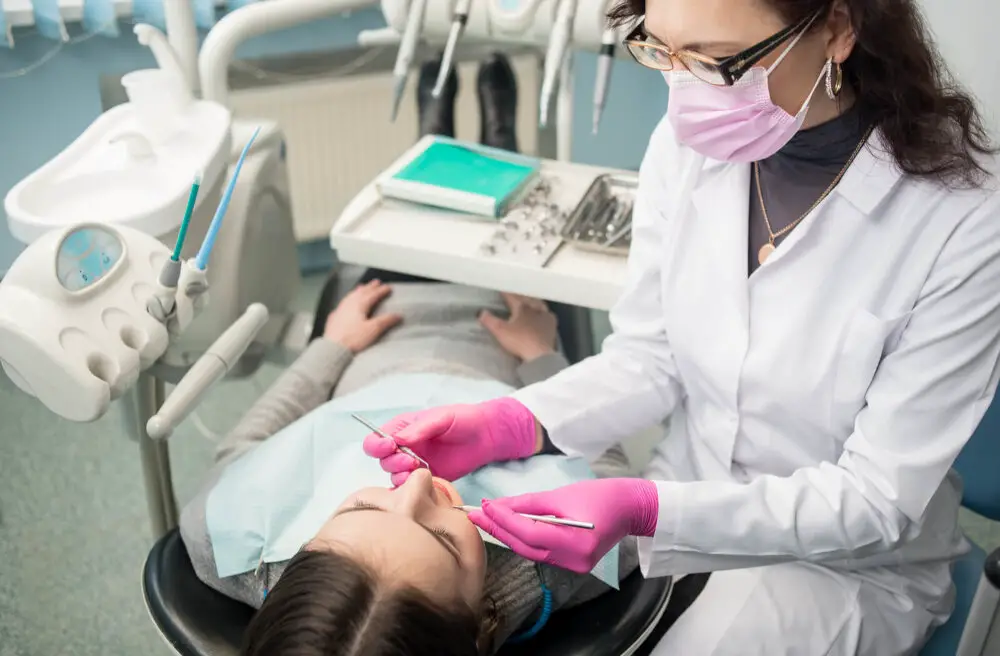
In conclusion, sinus pain can be a debilitating experience for many individuals, and it can often be challenging to pinpoint the exact cause. However, by understanding the connection between teeth and sinuses, individuals may be able to identify potential sources of their discomfort and seek appropriate treatment. It is important to note that sinus pain can have many causes, and dental issues are only one potential contributing factor. Therefore, individuals should consult with a healthcare professional to determine the underlying cause of their symptoms and seek appropriate treatment. By doing so, they can alleviate their discomfort and improve their overall quality of life.



